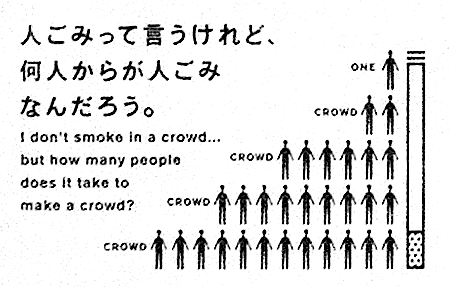I have been searching through my archives for the first web pages I ever wrote. Unfortunately, I did not make any personal backups. I guess I thought the web pages were going to last forever. Maybe I didn’t think it was valuable and worth archiving, it was only a few pages of text anyway.
Much to my surprise, I found some of my earliest work on the Internet Archive Wayback Machine. It appears my first local ISP kept my old page online until 2008, even though I switched to a different ISP in 1999.
This is actually my second web site. My first website was on a shared server at the University of Iowa. I did several Japanese web projects when I was a student, they could have been as early as 1993. But I have not been able to locate any copies of that work or fix a date. The Internet Archives has archives dating back only to 1996.
My Links to Japanese Topics site originated on that uiowa.edu server, I moved them to this commercial server when I graduated. In those early web days, there was no such thing as a search engine. People made lists of links and traded them on the web. Around 1995, primitive search engines like AltaVista appeared. Locating and cataloguing useful links was still terribly time consuming, web searches were not very useful.
I started cataloguing Japanese Newspaper Web Links as soon as they appeared on the internet. This was my first website, sometime around the release of the Mosaic Browser’s support for Japanese language web pages, circa 1993. I am certain it was written before 1995, so I’ll just date it to ’95. If you want to see the page as it was originally displayed, you will have to manually change the text encoding to ISO 2022-JP. Most people don’t even know this browser option exists, modern software recognizes Japanese encoding automatically. But way back in the day, you had to switch encoding manually.
I thought this was the start of a New Golden Age of Japanese language learning. It was expensive and difficult to get native language reading materials. Imported books and magazines usually sold for 250% of their cover price. I spent thousands of dollars on textbooks, dictionaries, and magazines. But now we could get Japanese reading materials for free.
I was particularly proud that I received an email about my newspaper site from Michiko Kakutani of the New York Times. She said it was “invaluable to my work.” I would really like to dig up that email to cite it directly, I’d put that up on my front page as an endorsement. I’m sure I have the email archived somewhere, but for now, it is another antiquity lost to time.
























